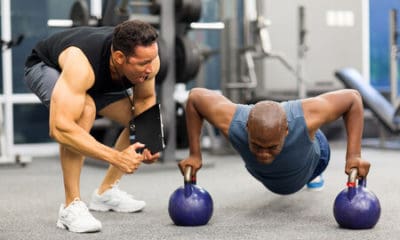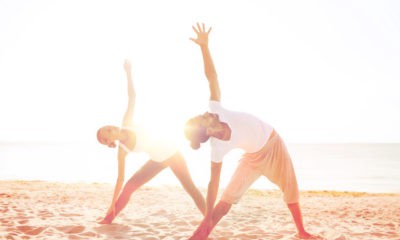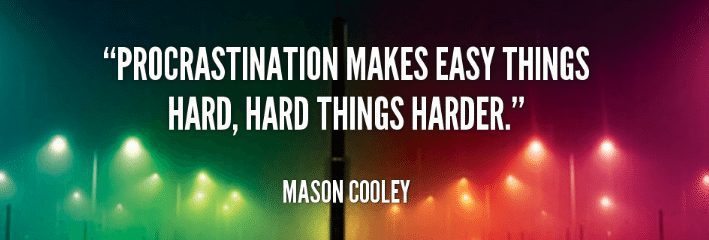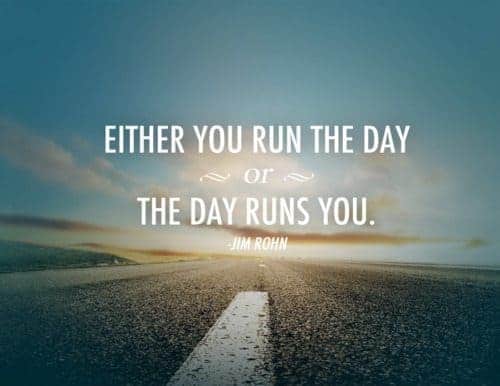What You Need to Know About Social Distancing
One of the many buzzwords surrounding the COVID-19 pandemic is “social distancing.”
Below, we will discuss social distancing, how long you are recommended to practice it, and what activities you can do in the meantime.
How are you practicing social distancing?
Research shows that humans are designed to be social.
As a result, the sheer act of social distancing can be difficult to practice.
With conflicting information running rampant on social media and news outlets, it can be tough to understand why it’s important to practice social distancing.
Below, we will help you better understand the concept of social distancing and how to better deal with this uncertain time we are all in.
What is Social Distancing?
Lisa Maragakis M.D, M.P.H., senior director of infection prevention at John Hopkins Medicine, describes social distancing as “deliberately increasing the physical space between people to avoid spreading illness.”
The CDC (Centers for Disease Control and Prevention) states that COVID-19 most likely spreads person to person from six feet away or less.
Therefore, the virus is less likely to spread as you distance yourself from other people.
Social distancing also helps to “flatten the curve”, which refers to lessening the chance of those infected with the virus overwhelming hospitals and other healthcare providers.
Hospitalization surrounding the COVID-19 pandemic has already overwhelmed other countries, including Italy.
Practicing social distancing not only lessens the chance of you getting infected, but it lessens the impact of the illness on your local community.
Social Distancing vs. Self-Quarantine vs. Isolation
Social distancing, isolation, and self-quarantining are frequently used interchangeably, but they refer to three separate situations.
Experts recommend that those exposed to the virus but haven’t shown symptoms self-quarantine for at least 14 days.
Fourteen days is considered the longest incubation period for the virus, giving you enough time to see whether you will exhibit symptoms.
Those diagnosed with COVID-19 are recommended to isolate themselves from others who are not infected.
When traveling (i.e. to a medical facility), those affected should wear a face mask to prevent infecting other people.
How Long Do We Have to Practice Social Distancing?
As of March 2020, the answer to this question is unclear.
Dr. Anthony Fauci, director of the National Institute of Allergy and Infectious Diseases and member of the White House’s coronavirus task force, recommends that Americans continue social distancing for “at least several weeks.”
A report conducted by the Imperial College COVID-19 Response Team in London recommends that people should practice social distancing “until a vaccine becomes available (potentially 18 months or more),”.
President Donald Trump says that the U.S. may have COVID-19 controlled by July or August.
A concrete end date for social distancing isn’t available yet, which leaves many asking themselves an important question: What should I do in the meantime?
Fun Things to Do While Social Distancing
Social distancing doesn’t have to overwhelm your life with boredom.
Below is a list of five random, fun things that you can do while social distancing that doesn’t include scrolling on social media or binge-watching a TV show on Netflix.
1. Write a letter to a friend or family member
When is the last time you have written a letter on a piece of paper with DMs and text messages?
Write a letter to a friend or family member to say thanks, remind them of how much they need you, or just because.
They will surely appreciate it.
2. Try out a new recipe
With limited access to the grocery store, your meals can get old, real quick.
Use your favorite internet search engine to find a fun recipe that puts a unique spin on the ingredients that you already have in your kitchen.
3. Go for a walk
Just because you are socially distancing yourself doesn’t mean you can’t go outside.
Go for a walk throughout your neighborhood and get some fresh air.
Listen to your favorite album, podcast, or audiobook while you are on the walk, and time will zoom by.
To minimize the possibility of contracting the virus, remain the recommended six feet away from other people.
4. Start a blog
Whether you are interested in writing about entertainment, food, or real estate, starting a blog gives you a platform to express yourself in a brand new way.
Some popular free blogging platforms include WordPress, Blogger, Tumblr, and Wix.
5. Try meditation
From reducing stress to minimizing anxiety, meditation is arguably one of the most beneficial ways to spend your free time.
There are tons of free guided meditations on websites like YouTube and free smartphone apps like Insight Timer to try out for yourself.
You can find meditations that specifically cater to helping you sleep, better manage your pain, and more.
Mental Health and Social Distancing
The American Psychological Association reports that practicing social distancing, isolation, or self-quarantining yourself can take a toll on your mental health.
You may be more irritable, fearful, anxious, or sad than normal.
Below are a few ways you can better manage your mental health while practicing social distancing:
1. Engage in virtual face-to-face time with family and friends.
Thankfully, there are a variety of video-chatting apps that you can use to keep up with your loved ones.
Some of the many available include Skype, FaceTime, and Google Duo.
Schedule time to check in with your loved ones and remain connected.
2. Limit your intake of the news.
As the COVID-19 pandemic changes daily, it can be tempting to check the news even at an obsessive rate.
Overly watching the news can add to your stress and anxiety.
If you can, use COVID-19 updates from credible sources such as the CDC and the WHO (World Health Organization) instead.
3. Prioritize self-care
As we deal with an unpredictable, scary situation, remember to prioritize self-care and do things that make you happy.
If you are bummed about losing your favorite public activities, try to find a way to tweak these hobbies so you can enjoy them at home.
For example, if you love going to concerts, watch old concerts by your favorite artist on YouTube.
If you adore museums, try going on a virtual tour of a museum like this one from Seoul’s National Museum of Modern and Contemporary Art.
If you are struggling with your mental health and need someone to talk to, here are a few lifelines to which you can reach out: the NAMI Helpline, the SAMHSA National Helpline, and the National Suicide Prevention Lifeline.
What’s your favorite social distancing activity?
When you practice social distancing, you are helping yourself, your loved ones, and your local community.
Even though we are supposed to remain six feet apart, it doesn’t mean we can’t stay connected.
Don’t be afraid to reach out to those around you for support.
They are probably going through similar emotions that you are and would appreciate a listening ear.
Hopefully, when this all blows over, our community will come out stronger than ever.
How are you handling social distancing?
What are you planning to do when this is all over?
Let us know your thoughts below!












Danielle
March 26, 2020 at 10:06 AM
Great tips and ideas!